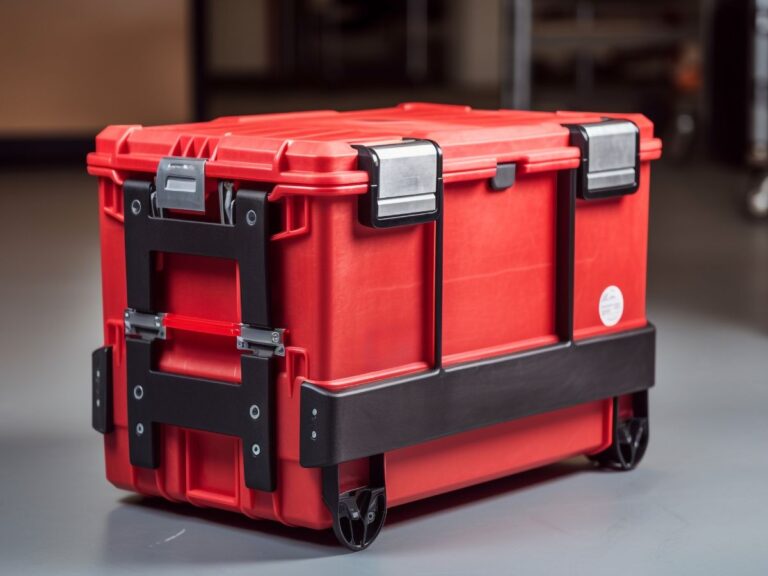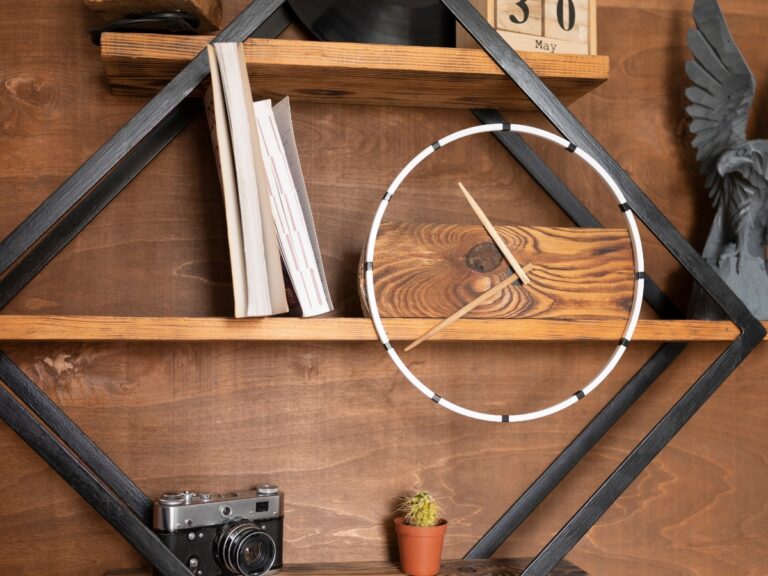Are you tired of battling clutter or yearning for a...
Read More10 Ways to Remove a Stripped Screw
- WWPN Staff
Does the furniture you plan to renovate have multiple stripped screws? Or you must have had a hard time when you happened to strip a screw on one of your best furniture? It definitely is a pickle to be in.
One of the most common ways to strip screws is by overtightening them. Moreover, the slots can get worn out, making it harder to get a grip even with a screwdriver. It further gets stripped when you try to use a drill to unscrew it.
However, there are numerous ways to save the day! The handy tools in your basement will come to the rescue to remove that stripped screw without much trouble. But, before we jump into the various ways to pull out the stripped metal, it is important to determine the material first.
Considering the material
If you are planning to remove a stripped screw, consider the material from which you will be pulling it. The methods we will discuss here work on almost all of them. However, you must be aware of the limitations and the risks associated.
Some of the common materials are –
- Wood – Wood is quite sturdy and less prone to scratches. So, retrieving a stripped screw from wood is the easiest. This is because the screws are almost at the same level as the wooden surface. If not, you can make little recessions around the screw to get a grip and pull it out. Moreover, a swab of wood polish can cover any scratch or damage.
- Metal – Metals are prone to scratches and damage. You need to be extra careful while extracting a screw from metal.
- Plastic – It is less sturdy than wood or metal. You must ensure to use light hands while encountering a screw on plastic. If the drilling gets bigger or there is heavy hammering, you might destroy that area.
10 DIY steps to extract a stripped screw
Let us look at some easy methods of unscrewing a stripped screw so you can save a visit from the carpenter. Some standard tools are – pliers, rubber bands, drill bits, liquid abrasives, etc.
1. Pull the screw with Pliers
If your stripped screw’s head is still a little above the wood or metal platform, a pair of pliers can prove to be handy. Locking or vise-grip pliers work best in such situations. However, this process takes a bit of muscle power.
Take your pliers and get a good grip over the screw head. Now, twist it right and left till it loosens. You can now easily pull it out. If your material is wood, you can try to groove out a couple of shallow indentations right next to the screw head for better grip.
2. Use a handy rubber band
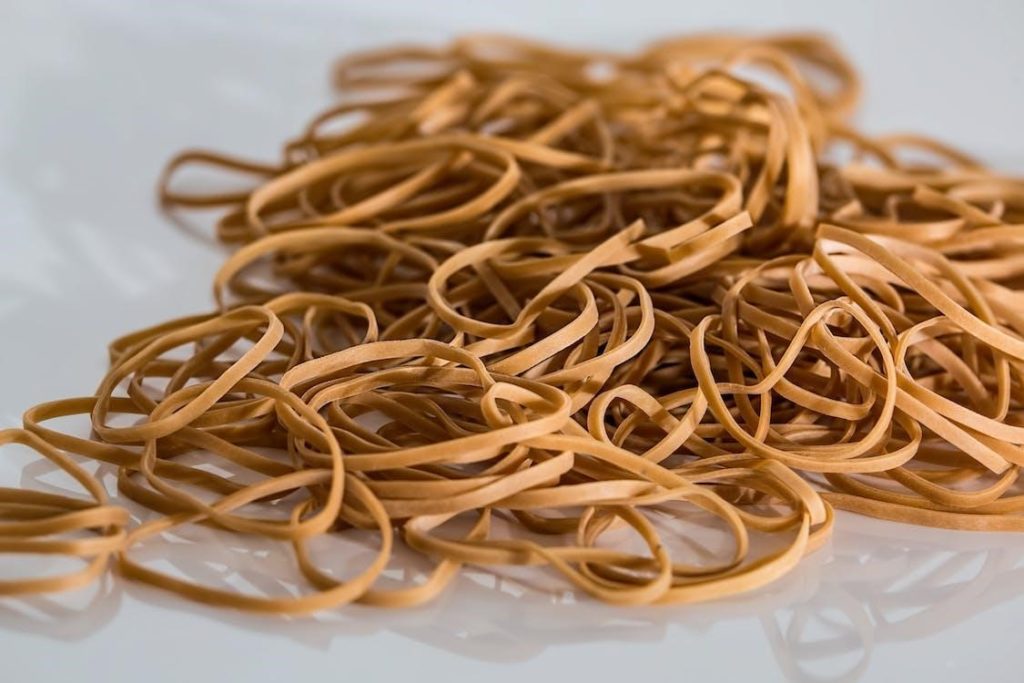
Your typical household rubber band can work like a charm in saving your furniture. You can use them to add traction to a stripped screw. If you can get hold of wide rubber bands, that’s even better!
Cut the rubber band and place it across the screw head. Now place a screwdriver on the rubber band right along the center of the screw. Slightly push and keep turning counter-clockwise until it unscrews. If this doesn’t work, avoid cutting the rubber band and unscrew it through two layers.
Remember to go slow; you might chew the rubber and risk pushing the screw deeper. You can also use steel wool instead of a rubber band.
3. Switch to a Flathead screwdriver
You can use a screwdriver if your stripped screw still has one or two slots. Also, if the screw has a Philips head, switch to a flathead screwdriver. Pick one that can fit easily into the depression. This is because choosing the wrong size will strip the screw further.
Place the screwdriver into the head hole and raise the screw by slow twists, so it comes a little or 1/8 inches above the surface. Finally, grab a pair of pliers and continue twisting and pulling until it loosens.
Pro-tip: You can make things easier by combining the rubber band strategy to pull this off. You will need the muscle power and patience to pull this off.
4. Drill into the screw
You can also drill into a stripped screw. It would be best if you got a drill bit designed for the metal in your drill.
With a slow speed, drill down until you can feel a proper grip. Now, slowly start drilling in the reverse direction. This should loosen the screw. You can also go for a bigger bit because it can distribute even pressure over the screw head for easier extraction.
Pro-tip: It would help if you were precise in only going as deep as the hole in the screw-head. Going further may strip the screw or, worse, like snapping off the drill bit in the screw. It should be a smooth task if you already have a hang of these technicalities.
5. Use a screw extractor
A particular type of two-ended drill is the stripped screw extractor. They are one of the safest solutions to pull out stubborn screws. They are affordable and easily available at your next-stop hardware shop in different sizes and shapes.
- First, you must drill the ‘drill bit’ into the screw head. This is to create a slight depression. Make sure to drill slowly yet firmly in the reverse direction.
- After creating a depth, flip the bit. This part is the extractor. Now, place it perfectly on the hole that you just created. Drill in reverse again with steady downward pressure, and voila! You have pulled out the stripped screw.
If you are unsuccessful the first time, drill a little bigger depression (not a deeper one) and repeat.
6. Pull out a left-handed drill
Typically, screws loosen by turning to the left. This less-used drill has flutes that run counterclockwise. Further, the torque applied by a left-handed drill can prove to be more effective in drawing a screw.
Make sure to set the drill in reverse mode and start the extraction.
7. Apply a liquid abrasive
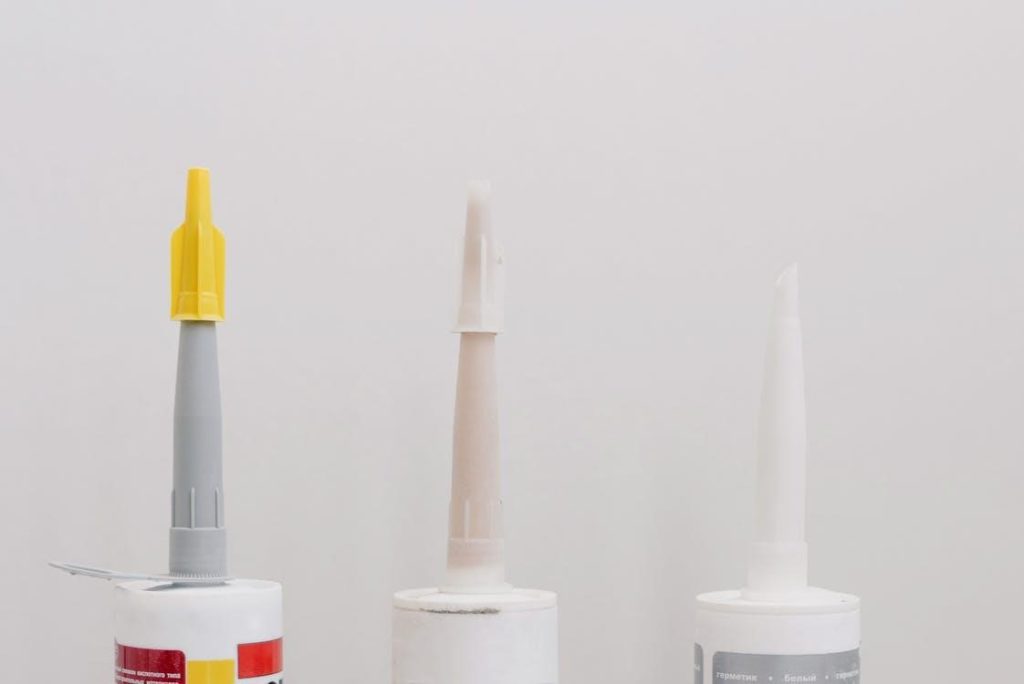
You can level up the work of your screwdriver or drill bit by incorporating a liquid abrasive. These liquids comprise tiny crystals that increase friction between the screw and the screwdriver. You only need a drop or two for this to get the job done.
You need to apply any liquid abrasive on the screw-head and then start drilling. These act like the rubber-band strategy but work only well for screws that aren’t too far-stripped.
Liquid abrasives usually don’t leave a stain, but you can wear an old t-shirt just in case it spills.
8. Use a hammer for a better grip
When extracting the stripped screw, you might not be able to get a good trip with bare hands. Hence, you can use a hammer to tap the extractor or drill a bit into the pilot hole. Make sure that you are using just enough force to fit the depression.
9. Take out the glue gun
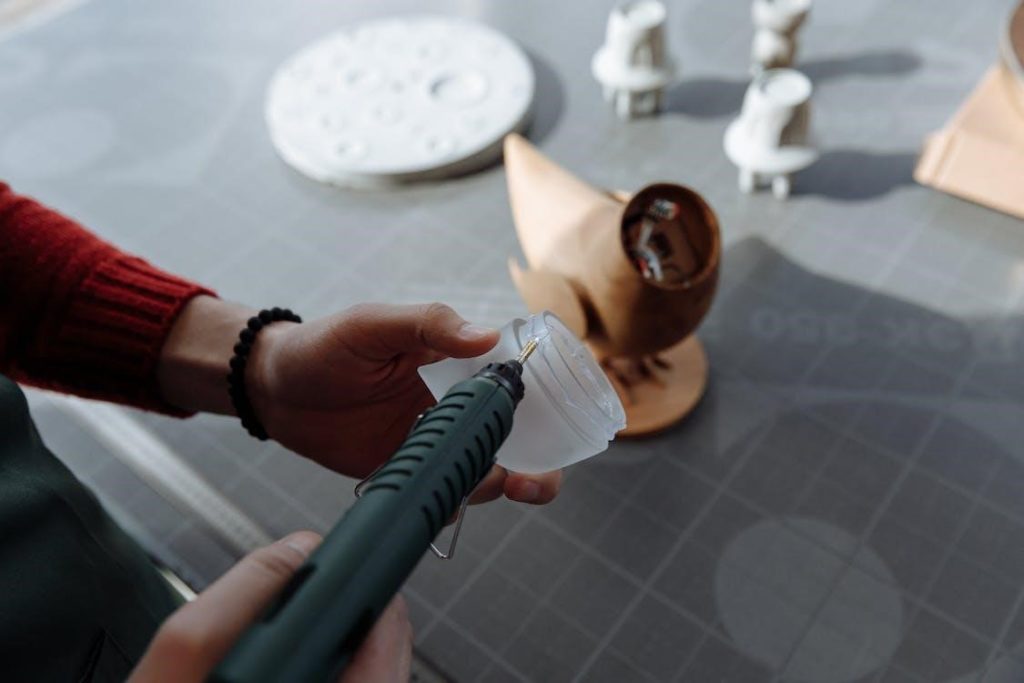
A common household item – the glue gun, can help remove stripped screws. All you have to do is fill the screw gap with this glue and stick your screwdriver into it. Please wait until it cools and dries. Now slowly twist and turn the screwdriver counter-clockwise till it comes out.
10. Try welding a nut into the screw
Welding can be one of your last resorts if nothing else works. If it is one of your skill sets, you can spot-weld a nut to the head of the screw. Wait till the nut sits well entirely and sticks hard to the screw. Then you can easily remove both the nut and screw with the help of a socket wrench.
Pro-tip: Always wear safety goggles when using a rotary tool to prevent injury from debris.
Things to Keep in Mind
Keep these things in mind before you begin the extraction –
- It takes patience and a little bit of muscle power to remove one perfectly. If you rush through the process, you might worsen the situation.
- No single trick will work. You may need to apply a combination of the above techniques.
- Do not overdo any one method. This may further strip the screw and damage the material.
Final Thoughts
Even if you strip a screw by over-tightening or pushing it too deep, the methods mentioned above will help you out. It can be just another project that will polish your skills. You can easily remove a stripped screw to save a piece of furniture or as a fun DIY project.


